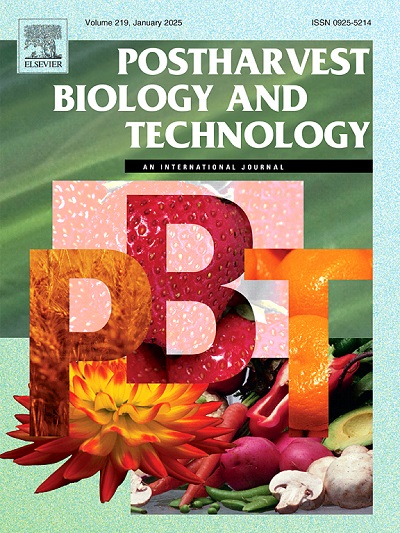Hyperspectral imaging and explainable deep-learning for non-destructive quality prediction of sweetpotato
IF 6.4
1区 农林科学
Q1 AGRONOMY
引用次数: 0
Abstract
The recent combination of hyperspectral imaging (HSI) and deep learning, particularly through convolutional neural networks (CNN), offers a non-destructive and innovative approach for accurate predictive analysis of post-harvest food products. This study utilized HSI and CNN-based regression to predict the firmness of various sweetpotato varieties by extracting spectral data from images captured with a visible near-infrared HSI system (400–1000 nm). The hyperparameters of CNN were fine-tuned using Bayesian Optimization (BO), which resulted in an 18.42 % reduction in the prediction RMSE compared to the traditional partial least squares regression (PLSR) model. Additionally, explainable artificial intelligence techniques were applied to interpret the CNN model and assess the contribution of the variable wavelengths. The CNN model based on important wavelengths was used to visualize the spatial distribution of firmness in sweetpotato samples. The analytical outcomes highlight the efficiency and growing importance of applying HSI with explainable deep learning for advanced post-harvest analyses.
求助全文
约1分钟内获得全文
求助全文
来源期刊

Postharvest Biology and Technology
农林科学-农艺学
CiteScore
12.00
自引率
11.40%
发文量
309
审稿时长
38 days
期刊介绍:
The journal is devoted exclusively to the publication of original papers, review articles and frontiers articles on biological and technological postharvest research. This includes the areas of postharvest storage, treatments and underpinning mechanisms, quality evaluation, packaging, handling and distribution of fresh horticultural crops including fruit, vegetables, flowers and nuts, but excluding grains, seeds and forages.
Papers reporting novel insights from fundamental and interdisciplinary research will be particularly encouraged. These disciplines include systems biology, bioinformatics, entomology, plant physiology, plant pathology, (bio)chemistry, engineering, modelling, and technologies for nondestructive testing.
Manuscripts on fresh food crops that will be further processed after postharvest storage, or on food processes beyond refrigeration, packaging and minimal processing will not be considered.
 求助内容:
求助内容: 应助结果提醒方式:
应助结果提醒方式:


